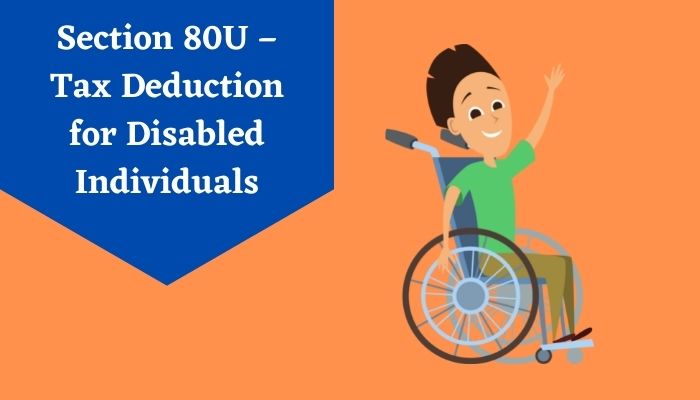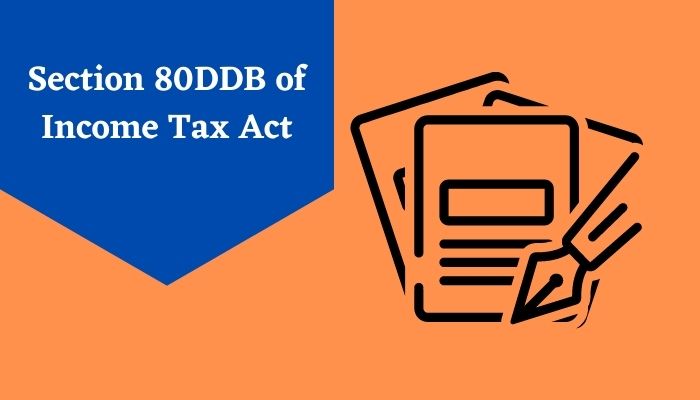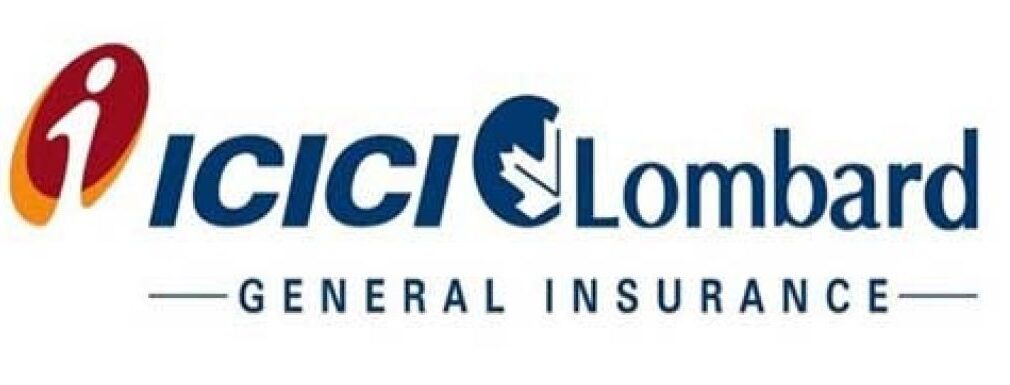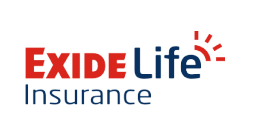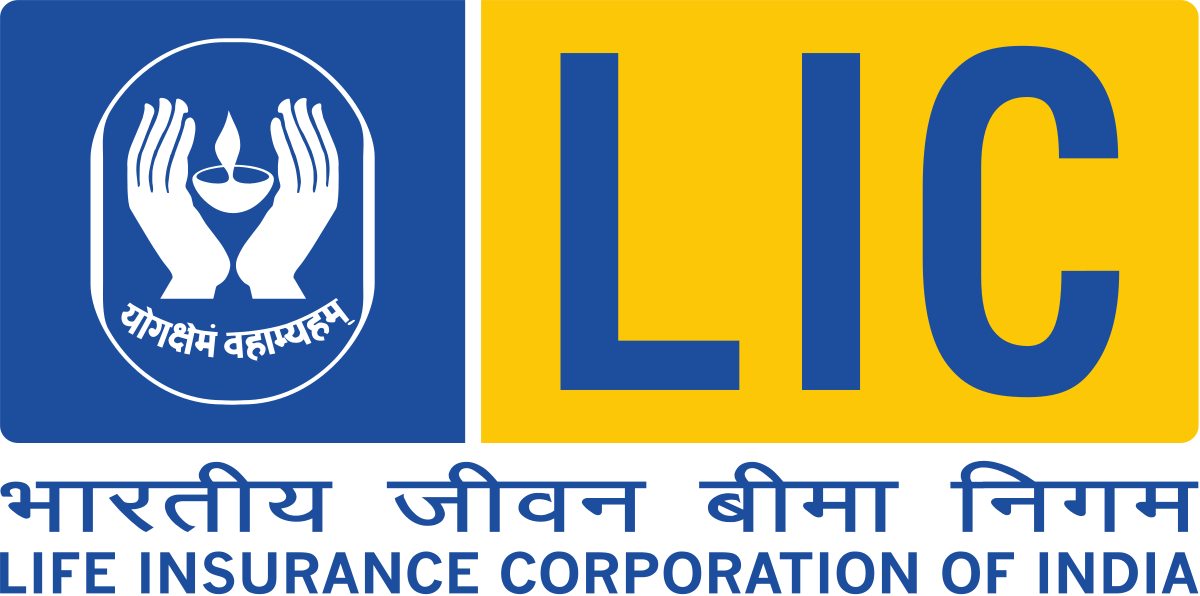What are Income Tax Return (ITR) Forms?
The Income Tax Return (ITR) is a form on which a taxpayer submits information to the Income-tax department regarding his earnings and the taxes he owes.
A tax return is a document that is submitted to the taxing authority. It documents income, expenses, and other tax-related data. Tax returns make it simple for taxpayers to calculate their tax liability, organize their tax payments, and receive refunds if they have overpaid. Before submitting the returns, taxpayers must first select the type of ITR forms they need to complete. ITR forms are primarily based on a taxpayer’s income. Before filing their income tax returns, all taxpayers must select which type of income tax return (ITR) form they need to fill.
Different types of ITR forms
There are seven categories of tax return forms, from ITR1 to ITR7.
ITR 1 or SAHAJ
Residents who fall into one of the following categories must fill out this form:
- A pension or salary person.
- A single house property generates revenue. Exclusion is permissible, however, if the losses were carried forward from the prior year.
- If you earn less than Rs.5,000 from agriculture, you are eligible.
- A maximum of Rs.50 lakh in total income in a year.
- Income from other sources, such as winning horse races, the lottery, etc.
ITR 2
Individuals and HUFs who fall into the following categories must fill the ITR-2 form:
- The individual’s income must be higher than Rs.50 lakh.
- A pension or a salary might be used to generate income.
- Income earned through residential property.
- Winnings from lotteries or horse races generate income.
- If the individual is a director of a company.
- If the individual’s agricultural revenue exceeds Rs.5,000.
- If the individual earns profits from capital gains.
- In the event that any investments in unlisted equity shares were made during the fiscal year.
- If the individual has Foreign income and foreign assets.
ITR 3
Individuals and HUFs who earn a living through a profession or a sole proprietorship must use this form. The ITR-3 form is available to the individuals listed below:
- Individuals who make a living through a job or a business.
- Any investments in unlisted equity shares at any point during the financial year.
- If the person is a partner in a company.
- If the person is a board member of a corporation.
- If your income comes from a pension or salary, a rental property, or any other source.
- If the total revenue of the company exceeds Rs.2 crore.
ITR 4 or Sugam
HUFs, Partnership Firms, and Indian residents who earn money from a profession or company must use the ITR-4 form. Limited Liability Partnerships (LLPs) cannot, however, choose this option. This form should be used by people who have chosen the presumptive income plan under Section 44AD, Section 44ADA, and Section 44AE of the Income Tax Act 1961.
ITR 5
ITR-5 is for investment funds, business trusts, insolvent estates, deceased estates, Artificial Juridical Persons (AJPs), Body of Individuals (BOIs), Associations of Persons (AOPs), LLPs, and businesses.
ITR 6
ITR-6, This form must be selected by any companies that are not claiming Section 11 exclusions. The only way for businesses to file returns under this section is to do so electronically.
ITR 7
ITR-7, This form must be used by individuals and businesses who have filed returns under Section 139(4A), Section 139(4B), Section 139(4C), Section 139(4D), Section 139(4E), or Section 139(4F). The details of the returns that need to be filed under each section are listed below:
- Section Individuals: Who obtain income from property that belongs to a trust or other legal obligations and the revenue is only used for religious or charitable purposes must file returns under section 139(4A).
- Section 139(4B): A political party is required to file returns under this section if the total income generated exceeds the maximum amount.
- Section 139(4D): College, university, or other institution not required to report any gain or loss to file returns.
- Section 139(4E): Business trusts which are not obligated to report their revenue or loss to file their returns.
- Section 139(4F): Investment funds that are required to file returns under Section 115UB but are not required to report any income or losses.
- Section 139(4C): The following entities are required to file returns under this section:
- Association for Scientific Research
- Medical institutions, hospitals, universities, funds, and other educational institutions are examples of institutions or associations under Section 10(23A).
- News organizations
- Institutions covered under Section 10 (23B)
Where to download the ITR forms?
Individuals will be able to download several ITR forms from the Income Tax Department’s official website – Download Income Tax Return Forms. The forms will be available in PDF format and instructions for filling them out on the same website. Individuals can choose between ITR-1, ITR-2, ITR-3, ITR-4, and ITR-7, depending on their income type. The ITR form is available to download on the official website of the Income Tax department, and the filing process is easy.


